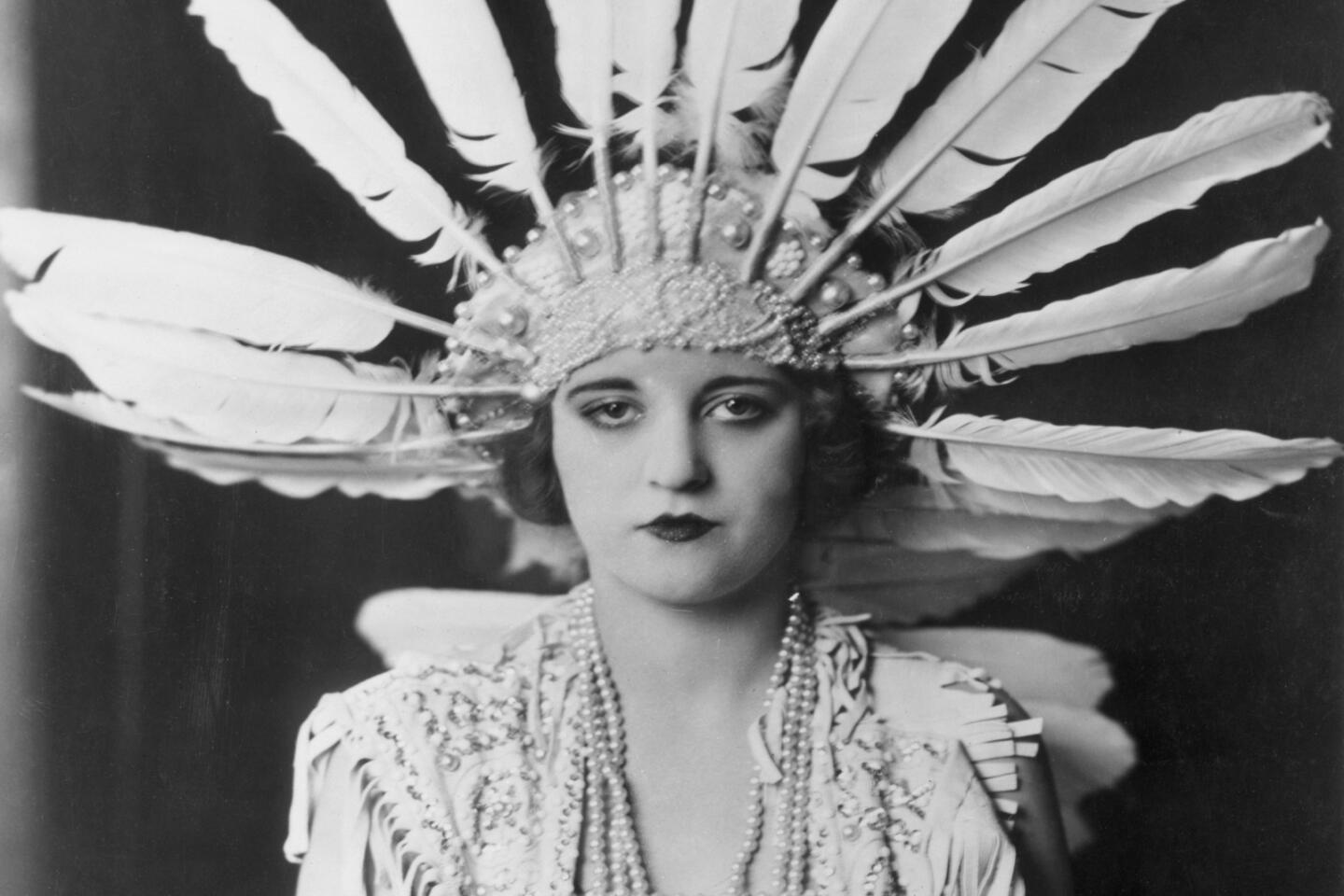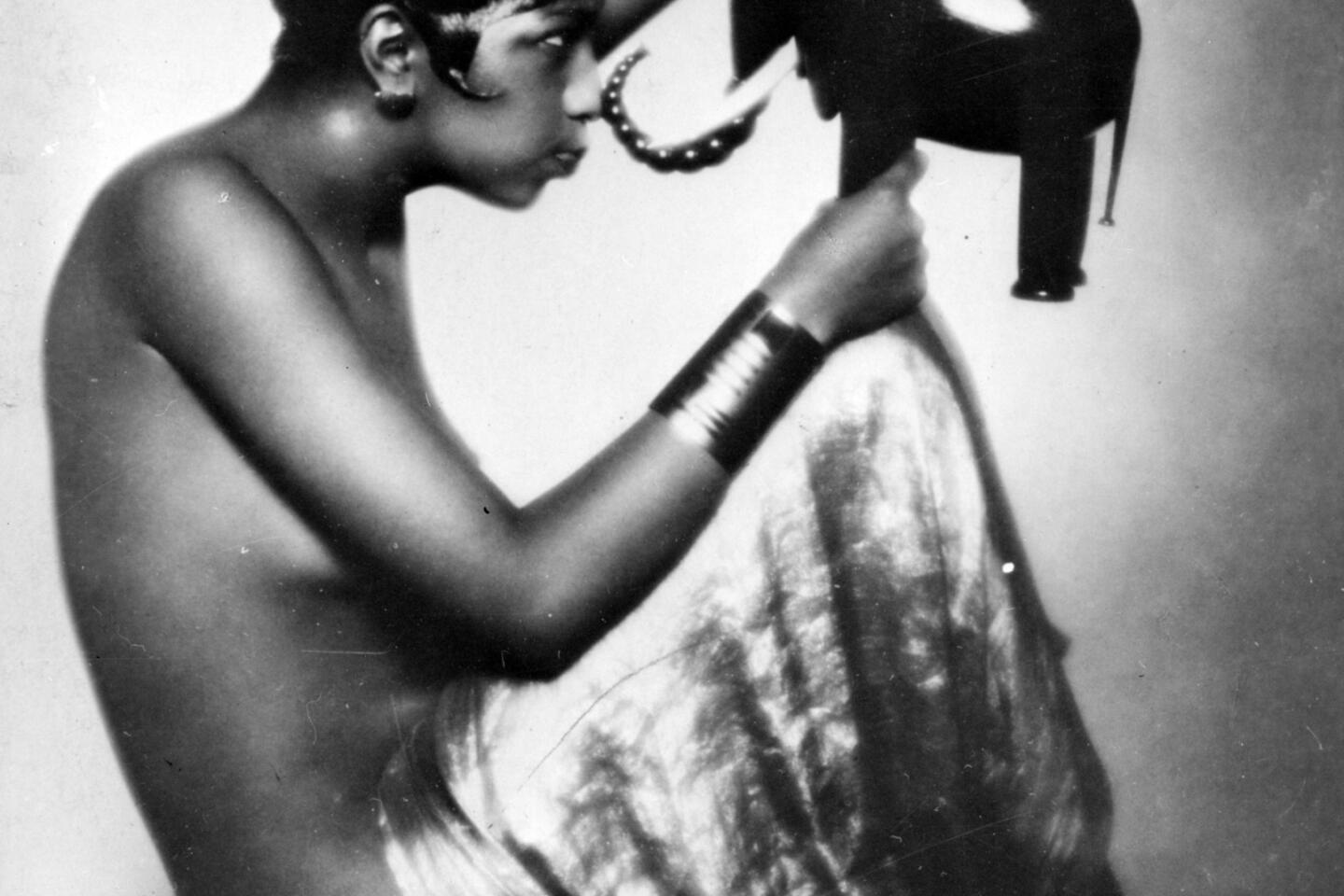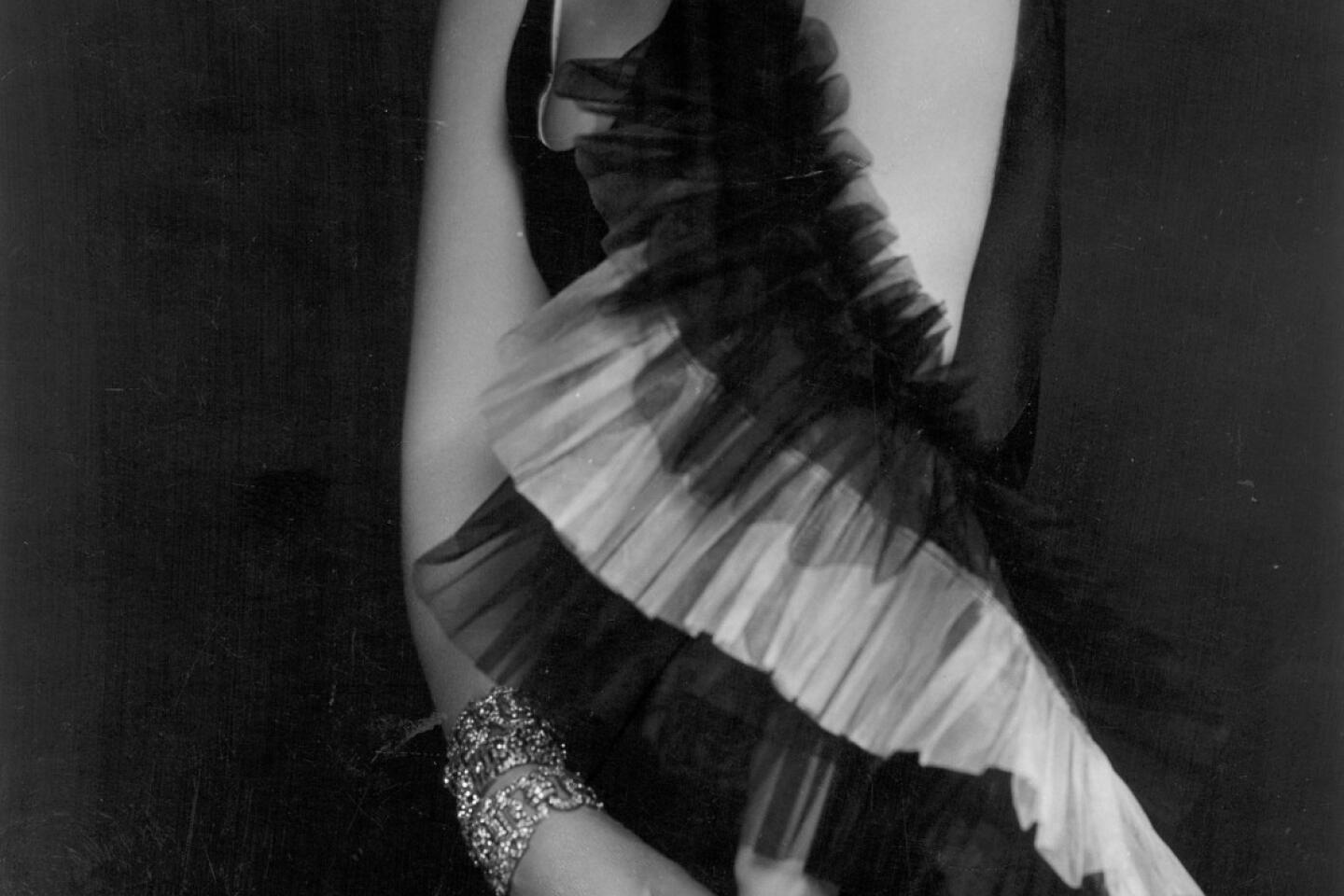‘Flappers’ by Judith Mackrell roars with remarkable women
Judith Mackrell’s “Flappers” is a juicy, energetic exploration of six dazzling iconoclasts who all flared to fame in the Roaring ‘20s. Unlike recent books such as Simon Winchester’s “The Professor and the Madman” and Edward Ball’s “The Inventor and the Tycoon,” which explore closely intertwined lives, “Flappers” features multiple mini-biographies of women who interacted only minimally with one another, although they shared common unconventional impetuses and styles that helped define an era.
By stringing their individual stories together along a single beaded necklace of a book, Mackrell highlights a postwar throw-caution-to-the-wind zeitgeist and the early stirrings of restlessness with circumscribed roles that presaged the women’s liberation movement by decades.
Mackrell, an English dance critic, has chosen her subjects well, from the eldest, English aristocrat Lady Diana Cooper, born in 1892, to the youngest, American-born dancer Josephine Baker, the “Black Venus,” born in 1906. Steamship heiress Nancy Cunard, Polish-Russian artist Tamara de Lempicka, actress Tallulah Bankhead, and writer and muse Zelda Fitzgerald round out the group. All of these women combined some form of art — painting, theater, dance, poetry — with their striking good looks and taboo-busting behavior to gain fame and a measure of independence. Although all were notorious headliners in their day, several are largely forgotten.
PHOTOS: ‘Flappers’ details life in the lively, roaring ‘20s
“Flappers” captures the high kicks and low dips of these six trendsetters who roared into the 1920s as “part of a collective surge in expectation” following the “social derailment of the war years.” Each broke sartorial, sexual and social boundaries in her determination to live on her own terms.
They paid for the astonishing trajectory of their lives — from often unhappy childhoods to fast and furious excess in the new Jazz Age — with dangerous abortions, unsettled domestic lives, and physical and mental breakdowns. In fact, Mackrell’s book brings to mind a line from Yukio Mishima’s “Confessions of a Mask,” for these women too seem to “glitter with debauched loneliness.”
Two of Mackrell’s subjects — Lady Diana Cooper (née Manners) and Nancy Cunard — were highborn Englishwomen who chafed against controlling mothers, limited options for personal fulfillment, and the expectation of socially prominent marriages. Diana’s rebelliousness will ring familiar to viewers of “Downton Abbey,” including her deliberately “bold and bad” partying and her enlistment despite her parents’ objections as a nurse in the Volunteer Aid Department during World War I — a four-year massacre that decimated her circle of male acquaintances. She further disappointed her mother by marrying untitled, philandering Duff Cooper, whose political career she helped fund with the proceeds from her starring role as the Madonna in Max Reinhardt’s theatrical pageant “The Miracle.”
Mackrell puts her popularity in 1920s America in context: “Diana was an intriguing novelty. She looked like a contemporary flapper, with her modern clothes, short hair and scarlet mouth, and she was reputed to behave like one, drinking, smoking and staying out late at parties. On the other hand she had none of the calculated sexiness of Louise Brooks, the working-girl feistiness of Clara Bow or the Southern swagger of Tallulah Bankhead.”
Nancy Cunard made Diana (Mackrell calls them by their first names) seem tame by comparison. While Diana inspired characters in D.H. Lawrence’s 1922 novel “Aaron’s Rod” and Evelyn Waugh’s 1938 “Scoop,” versions of Nancy’s emotionally restless, sexually profligate, dramatically turbaned and bangled persona cropped up in countless works of art, including three 1920s novels by Aldous Huxley after their brief affair.
“Financially independent, ferociously well educated and fearlessly stylish,” Cunard poured herself into her poetry, anti-fascist activism, and a revolving cast of lovers, including Wyndham Lewis, Ezra Pound, Louis Aragon, Michael Arlen, Tristan Tzara and jazz pianist Henry Crowder — frequently “behaving atrociously, even by her standards.” Mackrell certainly captures her “apparently determined disregard for her reputation,” yet of all of her subjects, Cunard’s apparently considerable bad-girl allure in her time is more elusive in retrospect, providing little to admire or emulate.
Mackrell’s portrait of the difficult, socially ambitious, bisexual, bipolar artist Tamara de Lempicka is also no hagiography, although we come to understand the forces that drove her. A refugee from the Russian Revolution, Tamara took up portraiture after arriving in Paris because her Polish lawyer husband “remained paralysed by his former sense of entitlement.” Her hard-driving “battle to hold her professional ground” ultimately destroyed her marriage, and changing tastes led to a long fall from artistic favor. But her Cubist-inflected Art Deco paintings became newly fashionable in the 1970s — including “Autoportrait (Tamara in the Green Bugatti, 1929),” which provides a strikingly apt cover image for “Flappers.”
Of the three American women Mackrell profiles, Josephine Baker’s rags to riches arc is the most inspiring. Performing onstage (and in male and female patrons’ beds) was her ticket out of the St. Louis black ghetto — however demeaning and racist her sexual African goddess dances and banana skirts may strike contemporary readers. Without dodging her difficult narcissism, Mackrell highlights her “raw instinct and professional polish,” willingness to continually re-invent herself, and her eventual, laudable embrace of her racial identity “as both an essential part of her identity, and a cause.”
Like Francine Prose’s “The Lives of the Muses” (2002) and Claudia Roth Pierpont’s “Passionate Minds: Women Rewriting the World”(2000), “Flappers” reminds us of the enormous, lasting cultural impact of gutsy, vibrant women who managed to shine in unexpected ways. In jumping between six dishy, hyper-charged, often frenetic life stories in one lively volume, Mackrell not only captures “the restlessness of a generation” — she does so in a fast-paced, no-holds-barred form particularly well suited to the restlessness of this generation.
McAlpin reviews books for NPR.org and the Washington Post and writes the Reading in Common column for the Barnes and Noble Review.
Flappers
Six Women of a Dangerous Generation
Judith Mackrell
FSG/Sarah Crichton Books: 488 pp., $28
More to Read
Sign up for our Book Club newsletter
Get the latest news, events and more from the Los Angeles Times Book Club, and help us get L.A. reading and talking.
You may occasionally receive promotional content from the Los Angeles Times.













